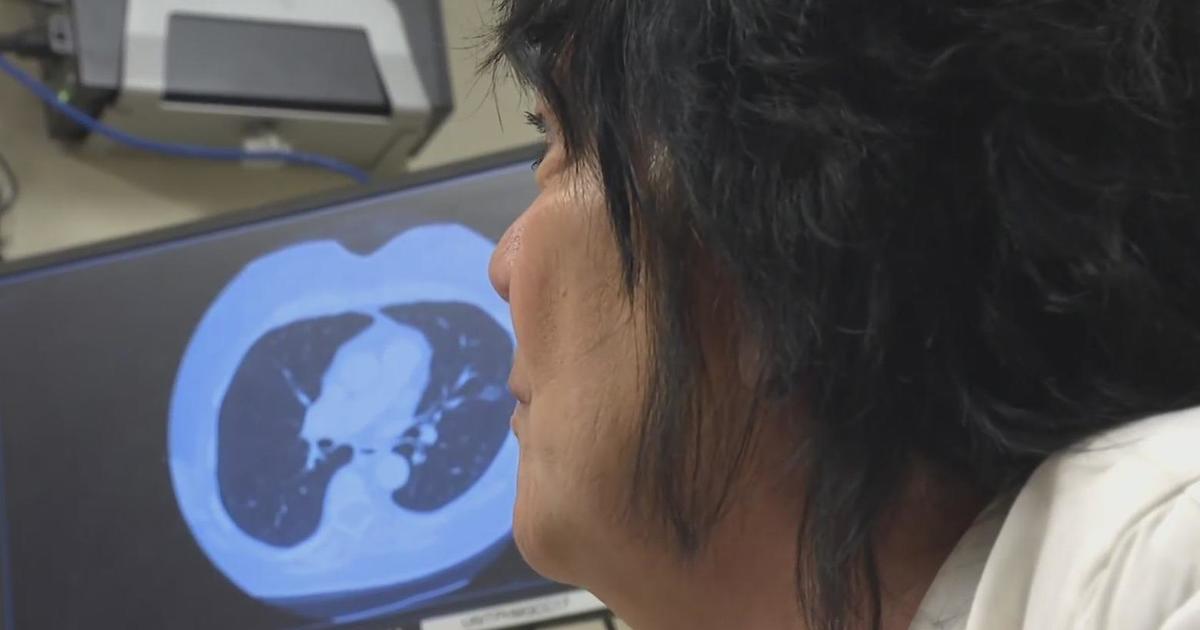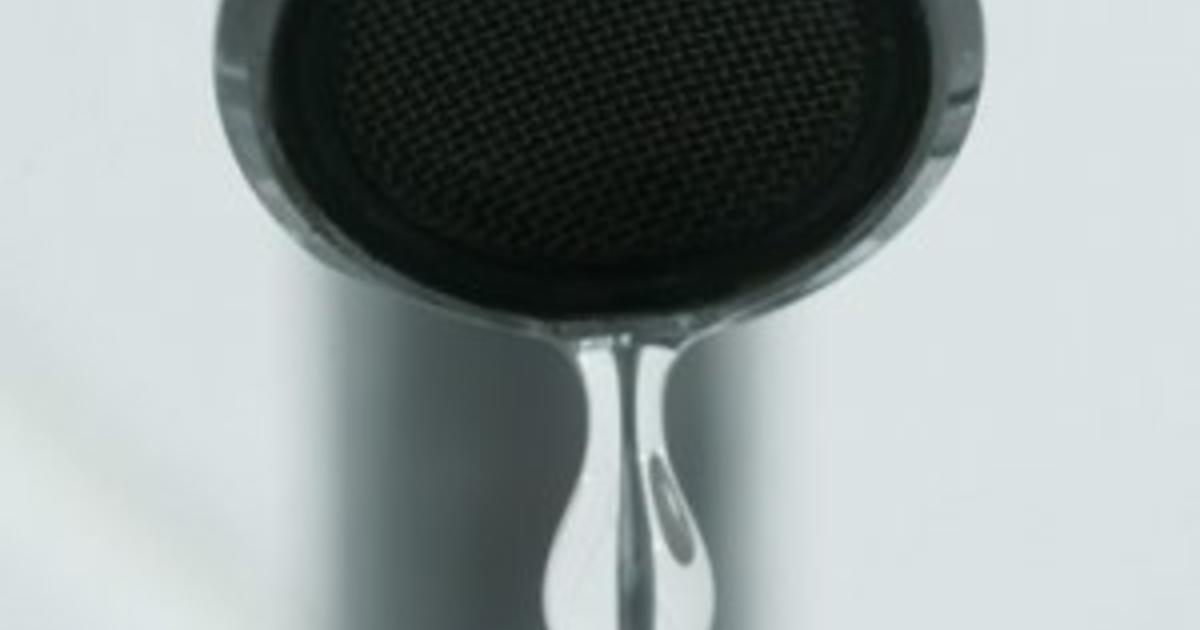New Generation Of Spinal Cord Stimulators Could Help Banish Pain
PITTSBURGH (KDKA) - In 2004, a horse fell on Paul Hoag's right leg and broke his ankle. The fractures healed, but Paul was left with swelling, discoloration, and chronic pain.
"The winter months were usually the worst," he said. "I walked with a cane for eight years."
He couldn't hunt or hike, and he was missing out on everything he loved.
"My daughter, she's six. She's into everything, wants to run and play, and I just couldn't do that," he said.
He tried medicine and physical therapy, which hardly helped.
"The therapist said, 'Enough's enough. You shouldn't have this difficulty. You shouldn't be swelling,'" Paul said.
For people with pain that is not related to a problem that can be fixed surgically or with medicine, a spinal cord stimulator is an option. These devices block pain signals as they travel along the spinal cord to the brain.
Paul has had a series of these.
"It helped for a while, and you have to constantly get them adjusted for the scar tissue and what not, and after a while it just, they couldn't get the programming to function properly," Paul said. "I couldn't be very active. I could to an extent, but it was always in the back of my mind, you had to be careful because I could actually feel the stimulation changing as my body position changes."
They've been around for decades, and every so often they get an upgrade.
Just in the past several months, a version has come out that has more contact with the spinal cord than ever before. Older models maybe had four electrodes. This one has 32.
"In order for this to work, the electrical impulses have to be delivered to a very specific part of the spinal cord," Dr. Eugene Bonaroti, a neurosurgeon at Forbes Hospital, said. "If you put in, say, four contacts, and those four contacts aren't in the right location, you are never really going to get a good result. By having 32 contacts in there, you really blanket the entire spinal cord. Virtually any combination of contacts that you need are going to be there for you to stimulate the right part of the spinal cord."
The outpatient procedure takes about an hour. A small amount of bone is removed from the middle of the spine. The electrodes are put in. The battery pack goes in the buttocks.
It can be taken out if it doesn't work. Infection and bleeding with pressure on the spinal cord are rare, but potential complications. And it's not for everyone.
"For patients with routine problems, say a disc herniation or spinal stenosis, traditional back surgery still works better," Dr. Bonaroti said. "We have some patients that have cancer. They need a routine MRI scan to screen for recurrences of their cancer. They can't have an implant unless we use the MRI compatible version."
The team at Forbes Hospital has done about a dozen cases so far with good results: decreased pain and medication, better function and sleep.
"This is technology that's working even in patients who have failed older technology," Dr. Bonaroti said.
That describes Paul quite well.
"Wondering if it's the honeymoon period and something may happen," Paul said. "I can run around and play with my kids. I just cindered the driveway. I wouldn't be able to do that before. I'm very pleased."
Join The Conversation On The KDKA Facebook Page
Stay Up To Date, Follow KDKA On Twitter



